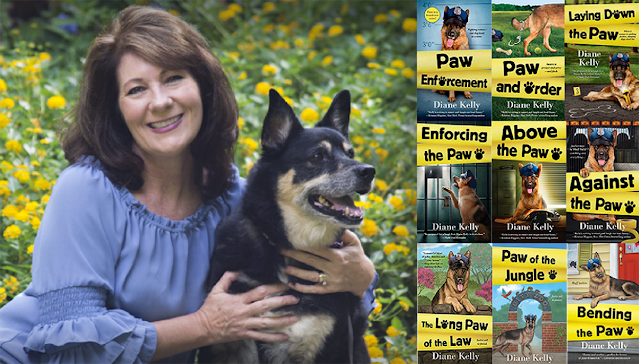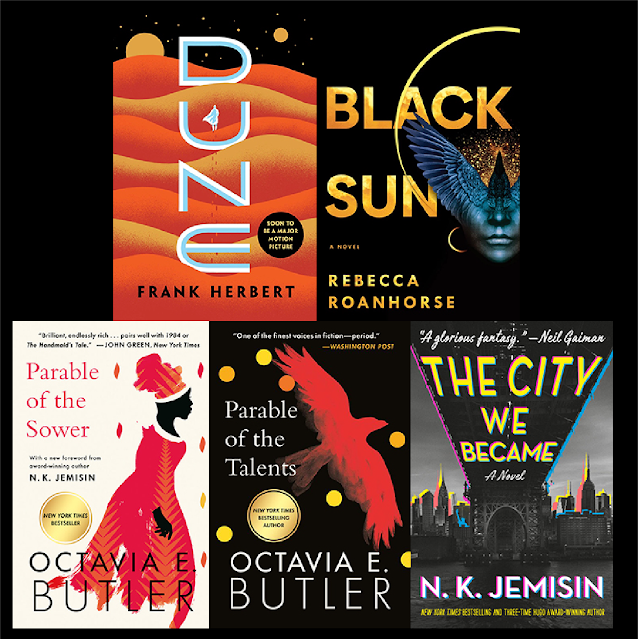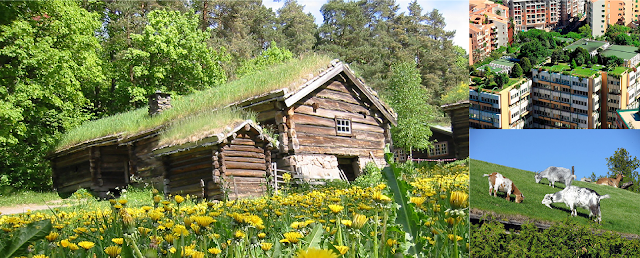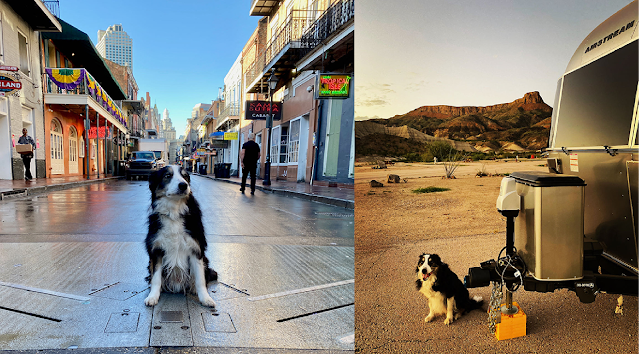Lately, I’ve been increasingly bothered by a cluster of tendencies I call “Indie issues.” They crop up in the writing of otherwise-competent self-published authors, and they happen often enough that I’ve started to recognize them.
Perhaps you’ve noticed, too. No, I’m not talking about plain old bad writing. Of course, beginning writers often write less well than seasoned pros. And yes, a number of Indie writers don’t yet know their craft. To get to “good,” a writer has to go through a period of “bad.”
 |
| (Steven Galloway/Wise Famous Quotes) |
Those aren’t the “Indie issues” I’m calling out. I want to focus instead on the problems that happen when otherwise-good writers try to produce a certain kind of book too quickly, in a format that’s too short.
“Indie issues” described
A book that’s not the right length for the story develops all kinds of problems. It may have the potential for a great plot. Maybe the characters have interesting quirks or intriguing problems. There may be some pretty sound action sequences.
But the book comes off feeling half-baked. The pacing doesn’t always feel natural. Characterizations come off oddly shallow. Contrived plot twists may sometimes force the action. The novelist may attempt to grapple with important themes or interesting problems, but these don’t resonate through the characters’ lives in authentic ways, because everything is moving too fast. The writer does more “telling” than “showing.”
The result may be good enough writing. But it’s not great or memorable writing. And that, I would argue, comes from trying to keep the story too short.
A perceived need for speed
Before new writers launch into independent publishing, they may harbor illusions about being able to tell the story they want to tell, with no gatekeepers to interfere.
Then they learn about Amazon’s algorithms. They bump repeatedly into the seemingly iron rule that to succeed financially in this business they must write as fast as possible. Ideally, they should publish a new title at least every three months. Wait too long and people will forget who you are! Or so the conventional wisdom goes.
There’s a sound reason for this push to write fast. It works! Publishing new stories frequently will catch the attention of Amazon’s algorithms—and that will bring the story to more readers’ attention. Write fast, publish as often as humanly possible, and focus on small collections of books (trilogies and tetralogies). That’s the formula.
Traditional publishers do this, too. And it’s currently the most reliable Indie approach for actually making money on this writing thing. As long as what you write is well-suited to the “speed” model, you can write some really excellent, entertaining, worthwhile, and vivid fiction.
 |
| Here’s Diane Kelly (with her dog Junior). She provides an excellent example of the “shorter and often, but good” model. (Artdog Adventures/The Weird Blog). |
What does “well-suited to the model” mean?
I don’t mean “formulaic.” I don’t mean falling back into clichés. I don’t mean sloppy writing or shallow characters or other such flaws.
The stories best-suited to the “fast and often” model are generally fairly short (between about 250-350 pages). Genre can be anything. Mysteries, adventure novels, thrillers, romances, westerns, and a host of others can and often do sparkle at this length.
From humor to grimdark and all things in between, it’s fully possible to conceive, write, and polish a really excellent story in a matter of just a few months, once a writer has unlocked the necessary discipline and skills.
Length makes a difference
Depending on a number of characteristics, any given story has an ideal length. The idea will just naturally “work best” at that length.
 |
| (Lorrie Moore/Writers Write) |
Some ideas are best-suited to flash fiction. Some work better as classic short stories (the SFWA standard for the Nebula Awards is up to 7,500 words), while the “sweet spot” for others ends up about novelette (7,500-17,500 words), or novella (17,500-40,000 words) length. Technically, anything longer than 40,000 words is a novel.
But I’d like to argue there are “degrees of novel,” too. And a lot of great story ideas are perfect for that 250-350-or-so page-length. A lot—but not all. I think the “Indie issues” I’ve encountered lately stem from a mismatch of story idea to length.
No, you can’t just trim down some ideas
If you’re locked into the idea that to have a serious career you absolutely have to publish a book every three months, six months, or other arbitrary (but short) time period, your mission is clear. You absolutely must develop a mindset that creates ideas well-suited to that length.
All well and good. But what if the idea that feeds your soul and keeps you up at night needs more room? What if the story’s more complex, the interactions more multilayered, or the setting/culture(s) require more words? What if you have a lot of “moving parts” to orchestrate?
 |
| (Maya Angelou/Wisdom Quotes) |
Going to greater lengths
What if, to shoehorn it all into a 350-page novel, you’d have to amputate major elements and essentially destroy the story?
If you’re an Indie who only gets ideas for long, richly complex books that take a lot of labor and time to create, you have a real problem—and potential “Indie issues”—if you’re convinced the “write fast and publish often model is the only way to go
I beg of you, please don’t amputate big chunks and publish half-baked books. There is another way. It may be harder and longer, but it exists.
A different kind of books
Did you ever notice that some writers only publish a book every one or two years? That’s not because they’re lazy or slow, or because they need serious editing.
It’s because they write a different kind of books. Books that need more “room” (400-500 pages or sometimes more). And books it’s impossible to write, polish and publish in just a few months. Let’s look at a couple of internationally bestselling mystery writers whose books follow this “bigger books” pattern.
 |
| Longer novels, produced at longer intervals, have catapulted Canadian author Louise Penny to much-deserved international bestseller status. Have you discovered her books? (BookPage/GooglePlay). |
Maybe you’re familiar with the work of Louise Penny and her “Inspector Gamache” novels. Or perhaps you’re a fan of Deborah Crombie and her “Kincaid and James” mysteries. If you are, you know that they have wildly successful series and tens of thousands of devoted fans.
Looking at some facts, ma’am.
I collected some statistics on both writers’ careers. The stories they needed to tell weren’t shorter, faster-to-produce stories in a variety of trilogies or other short series. Instead, each has developed a long-tailed series that follows the stories of the same handful of “core” characters.
Penny is set to release Book #17, The Madness of Crowds, in August (it’s already a bestseller, based on presales). Crombie’s most recent was #18, A Bitter Feast, released in October, 2018 (yes, that long ago. That’s an eternity in “Indie time,” but her devoted fans are willing to—impatiently—wait).
 |
| Photo of Deborah Crombie from her website is by Steve Ullathorne. The cover photo for A Bitter Feast is from the detail page on Crombie’s website. (Deborah Crombie/Artdog Adventures/The Weird Blog). |
Since Book #13 of each series, these two award-winning masters of their craft have produced consistently longer books than the “Indie standard” of 250-350 pages. Penny averages 412 pages per book, and she produces a new one approximately every 12 months. Crombie averages 447 pages per book. Her average interval is 19.3 months between books.
“Big Books” aren’t limited by genre
Some of the most influential books ever written fall into this “big books” category. For instance, in my “home genre” of science fiction, the hardcover edition of Frank Herbert’s epic novel Dune weighs in at 528 pages, according to its Amazon listing. A game-changer when it came out in 1965, the genre has never been the same since.
We’ve heard a lot of buzz about Octavia Butler’s Parable of the Sower recently. Its hardcover edition is 336 pages long, but the sequel, Parable of the Talents, goes to 416.
Big sf books are still being published. N. K. Jemisin’s The City We Became weighs in at 448 pages in its hardcover edition. Rebecca Roanhorse’s Black Sun runs to 464 in its hardcover.
 |
| Some “big books” of science fiction from the past through the present. (see IMAGE CREDITS below). |
Is there a place for “big books” in Indie fiction?
I can hear the complaints already. “But those are all traditionally-published!” True. Big corporations with big promotional budgets have bankrolled all of my examples. Indies don’t have big bankrolls for huge promotions. Does this mean people who write “big books” can’t make it as an Indie?
I hope to God it doesn’t! What’s Bred in the Bone weighs in at 464 pages in paperback. And if I can get A Bone to Pick published by September, that’s a little more than 2 years’ interval between them. So I definitely have dogs in this hunt!
 |
| (Lori Lesko/Wise Famous Quotes) |
A different model of success to counteract “Indie issues”
It looks to be a longer, much-slower-paying game for an Indie who writes “big books” and refuses to succumb to the “Indie issues” that go hand-in-hand with compressing a long story into an arbitrary shorter length.
But traditional publishing has made the longer form work profitably. The careers of Penny, Crombie, and many others demonstrate that truth. And that doesn’t only hold for the big-budget books. But it absolutely is a longer, heavier lift.
If we Indies can’t find a way to make “big books” work for us, then ultimately we aren’t going to have as many deeply-thought-out, in-depth books available to read in the future. And that carries with it the seeds of a profound loss for the field of fiction, as well as for the reading public everywhere.
IMAGE CREDITS
Many thanks to Wise Famous Quotes for the Steven Galloway and Lori Lesko quotes. The montage of Diane Kelly and her “Paw Enforcement” series reprises its appearance on this blog. The Deborah Crombie illustration is also from this blog. I appreciate Writers Write for the quote from Lorrie Moore, and Wisdom Quotes for the quote from Maya Angelou.
I’d like to thank BookPage for the photo of Louise Penny, and GooglePlay for the photo of her The Madness of Crowds cover. Finally, I’m really grateful to the Bookmark for the cover image of Frank Herbert’s Dune. Thanks to Octavia Butler’s website for the covers of Parable of the Sower and Parable of the Talents. I’m grateful to N. K. Jemisin’s website for the cover of The City We Became, and to Rebecca Roanhorse’s website for the photo of John Picacio’s striking cover for Black Sun. All montages are by Jan S. Gephardt.










